 Abraham Lincoln
If given the truth, the people can be depended upon to meet any national crisis...
Abraham Lincoln
If given the truth, the people can be depended upon to meet any national crisis...
 Guildford news...
for Guildford people, brought to you by Guildford reporters - Guildford's own news service
Guildford news...
for Guildford people, brought to you by Guildford reporters - Guildford's own news service
Birdwatcher’s Diary No.79
Published on: 19 Jan, 2015
Updated on: 16 Mar, 2015
By Malcolm Fincham
Recalling last winter’s floods, it was certainly easier to start 2015 with a much drier walk on my annual new year’s visit to Stoke Nature Reserve.
This time, however, I started the year with the addition of fellow keen wildlife enthusiast Dougal, encouraging me to make a year list of the species I see.
I was also able to add a few record shots along the way, including three of five gadwall on the flooded scrape by Stoke Lock, that were seemingly practising some synchronised swimming and looking ready for the summer Olympics!
So, there was a reasonable count of 66 different species of birds by January 2 on our walk along the towpath from Stoke Lock and Stoke Nature Reserve out to Trigg’s Lock.
I even managed a few record shots of the barn owl as it came out to hunt as night fell on our return at Bowers Lock. So the year started well.
A trip to Staines Reservoir for a few rarer sightings on January 4 certainly helped add a few more species to both our year lists. We were able to pick out and add a great northern diver and get a record shot of a black-necked grebe.
As well as a drake goldeneye.
And even a drake scaup that we were able to include with a few other additions now wintering on our Surrey waters.
Rounding off the day and adding a few more winter wildfowl sightings, we then visited a lake just up the road from Staines Reservoir, in Wraysbury.
There we were able to add goosander, pochard and even a distant view of a male smew to our year lists.
The following Sunday, January 11, hoping to add a selection of wading birds to the list we decided on a trip to Farlington Marshes near Portsmouth.
We were diverted however by a message reporting a rare vagrant wader coming through as a ‘mega rarity’ on Dougal’s pager. This had been sighted at Tichfield Haven, which lays on the coastline between Portsmouth and Southampton.
Parking the car by the beach, we were welcomed by the sight of the cargo ship that had been recently reported on in the national news, still grounded on a sandbank out on the Solent.
A gruelling 40-minute walk along a claggy mud-filled footpath around the outside of Tichfield Nature Reserve led us in the direction the rare bird had last been sighted.
Although ‘power walking’ seems to be the latest fad and recommended as extremely good for one’s health, I personally wasn’t feeling any benefits from that particular route march; neither then nor since, especially while carrying my camera gear.
And especially when exhausted and arriving at our destination at Posbrook Flood and meeting up with a group of other birdwatching enthusiasts only to find that they had mostly arrived by an easier route!
Being very much caught up in the moment of seeing such a rarity soon eased my thoughts however, as I started to wonder what the collective noun of such a species (not of the bird) but of what the observers like myself might be called. A Tourette’s of twitchers perhaps?
The rare bird in question was a greater yellowlegs – an American wader about the size of a godwit, most recognisable by its yellow legs.

Distant shot of greater yellowlegs (right of the black-tailed godwits). It’s the one with the yellow legs!
Although quite a common shoreline bird in America, breeding in Canada and Alaska and wintering and in South America, they are rare vagrants to Western Europe.
With only 10 of these birds apparently having been previously recorded in the UK since 1958, it was indeed a rarity. The only Surrey record to date was apparently one at Unstead Sewage Farm in February 1954 (possibly before Unstead stalwart Brian started birdwatching there). This was unconfirmed and a possible lesser yellowlegs, according to Jeffery J. Wheatley’s book Birds of Surrey.
Despite only getting a few distant record shots of the greater yellowlegs, but eventually some good views through a telescope, and although not getting the variety of birds we had planned on that day, it was certainly (apart from the walk) a worthwhile trip. Especially as by the following day it had moved on and has not been reported since.
Locally for me, birds of prey seem to have featured well in my sightings during the first weeks of January, and even getting a few record shots of our three most common ‘raptors’ in the Guildford area.
They are renown as quite lazy birds in their habits, exerting themselves no more than absolutely necessary. As my observations show, they have been living up to these expectations recently.
This includes kestrels perching on wires rather than hovering (as often seen in the summer) as they looked out for the movement of a mammal in the grass.
Also several sightings of common buzzards sitting on posts with one eye out looking for a meal.
As well as two good views of sparrowhawks during the past week, looking out for a nice sized bird to prey on.
For one of several groups of redwing I’ve seen, maybe they have been taking advantage of soft fields to feed in, leaving some of the berry crops they’ve previously gorged on in case of a cold spell. Weather that many forecasters as well as me are now starting to predict in the weeks ahead.
Recent Articles
- Burglar Jailed Thanks To Quick Action of Ash Resident
- Highways Bulletin for December
- Birdwatcher’s Diary No.318 Some Pre-Christmas Rambles
- Merry Christmas and a Happy New Year to All Our Contributors and Readers!
- More Units Added to Solums’s Station Redevelopment
- Vehicle Stop on Epsom Road Leads to Prolific Drug Gang Being Put Behind Bars
- Local Political Leaders Respond to Publication of the English Devolution White Paper
- Flashback: Guildford All Lit Up For Christmas – Then And Now
- City Earn Themselves a Three Point Christmas Present
- Mayor’s Diary: December 23 – January 4


Search in Site
Media Gallery
Dragon Interview: Local Artist Leaves Her Mark At One of England’s Most Historic Buildings
January 21, 2023 / No Comment / Read MoreDragon Interview: Lib Dem Planning Chair: ‘Current Policy Doesn’t Work for Local People’
January 19, 2023 / No Comment / Read MoreA3 Tunnel in Guildford ‘Necessary’ for New Homes, Says Guildford’s MP
January 10, 2023 / No Comment / Read More‘Madness’ for London Road Scheme to Go Ahead Against ‘Huge Opposition’, Says SCC Leader
January 6, 2023 / No Comment / Read MoreCouncillor’s Son Starts Campaign for More Consultation on North Street Plan
December 30, 2022 / No Comment / Read MoreCounty Council Climbs Down Over London Road Works – Further ‘Engagement’ Period Announced
December 14, 2022 / No Comment / Read MoreDragon Interview: GBC Reaction to the Government’s Expected Decision to Relax Housing Targets
December 7, 2022 / No Comment / Read MoreHow Can Our Town Centre Businesses Recover? Watch the Shop Front Debate
May 18, 2020 / No Comment / Read More



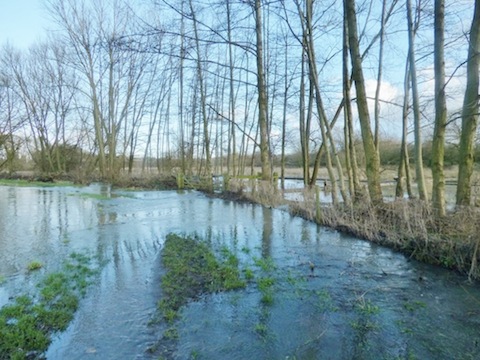
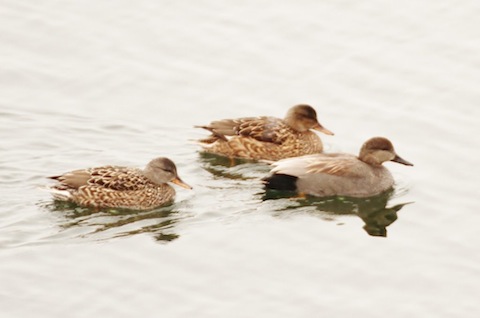
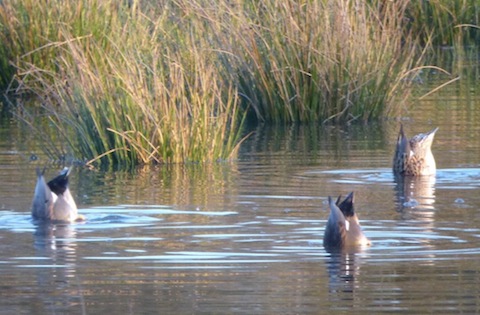

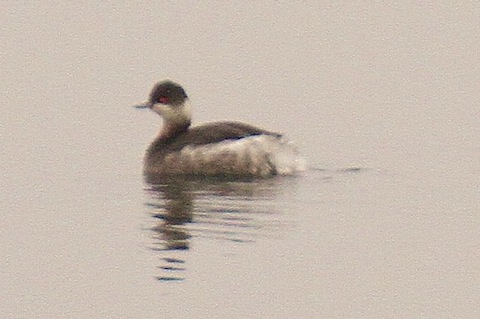

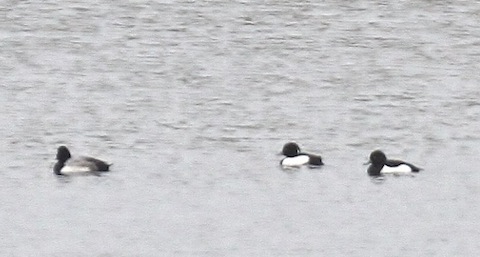
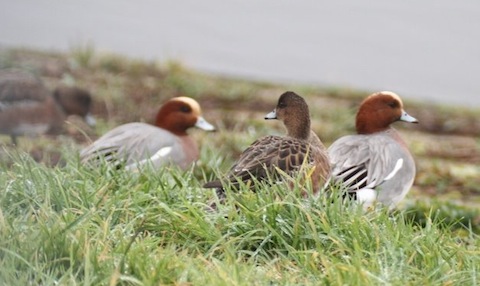
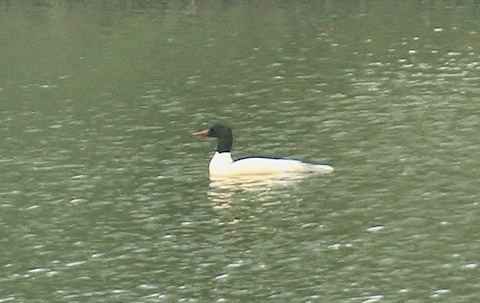
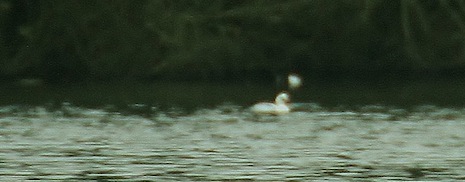
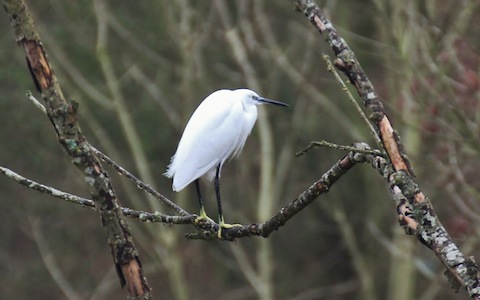
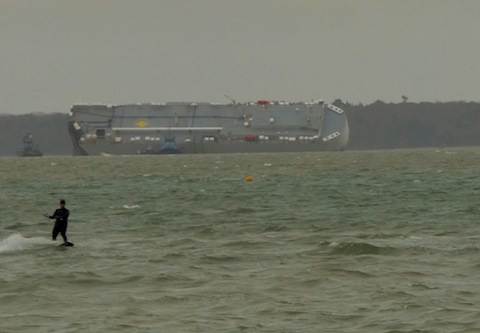
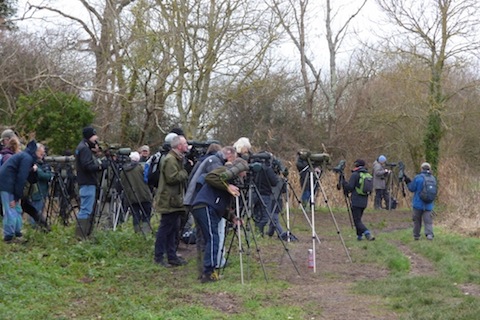


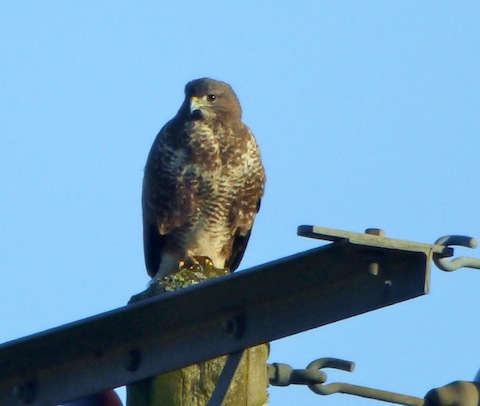
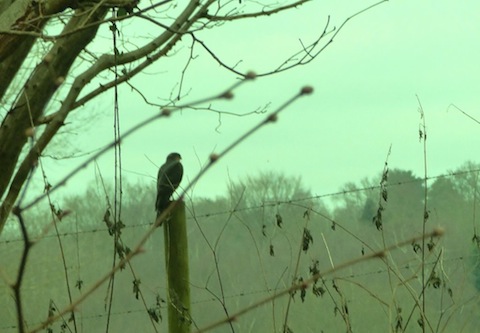
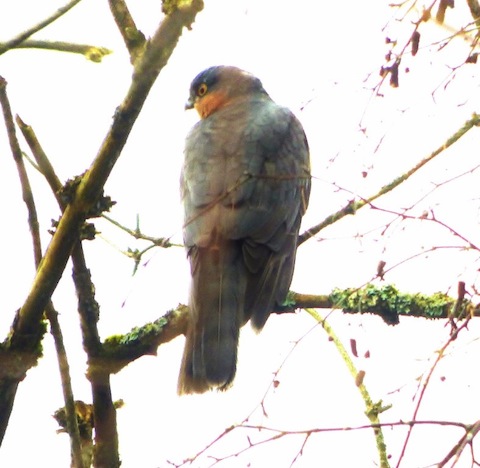
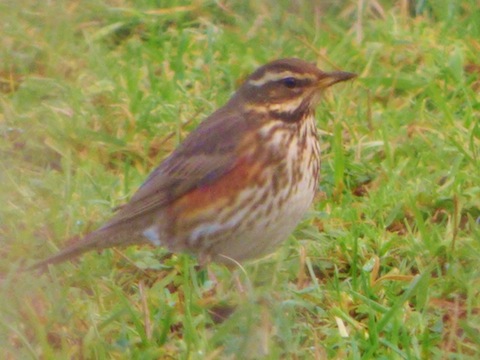








Recent Comments